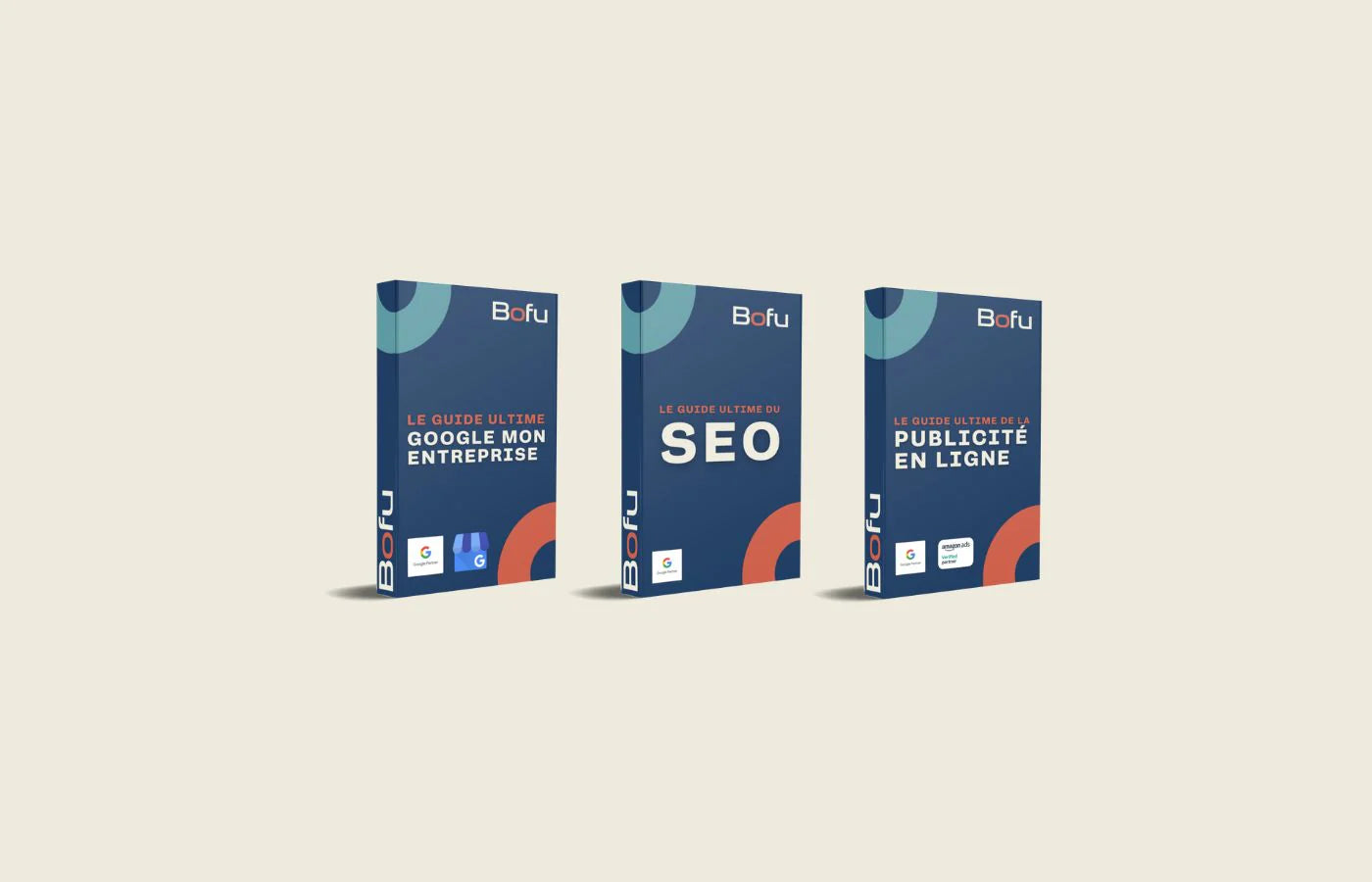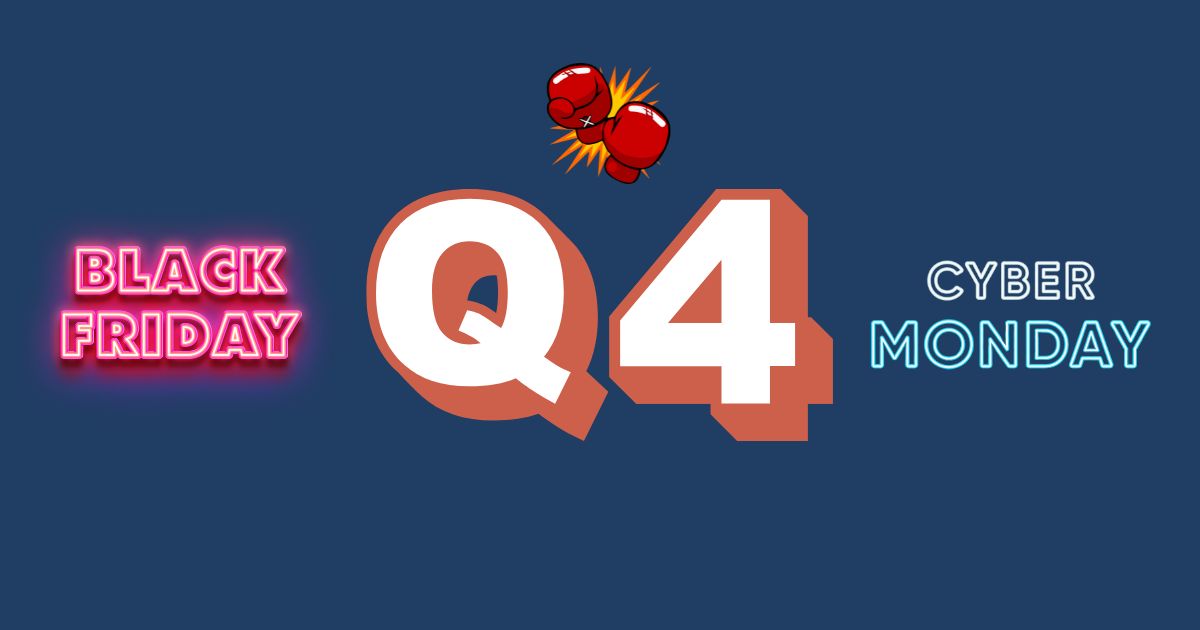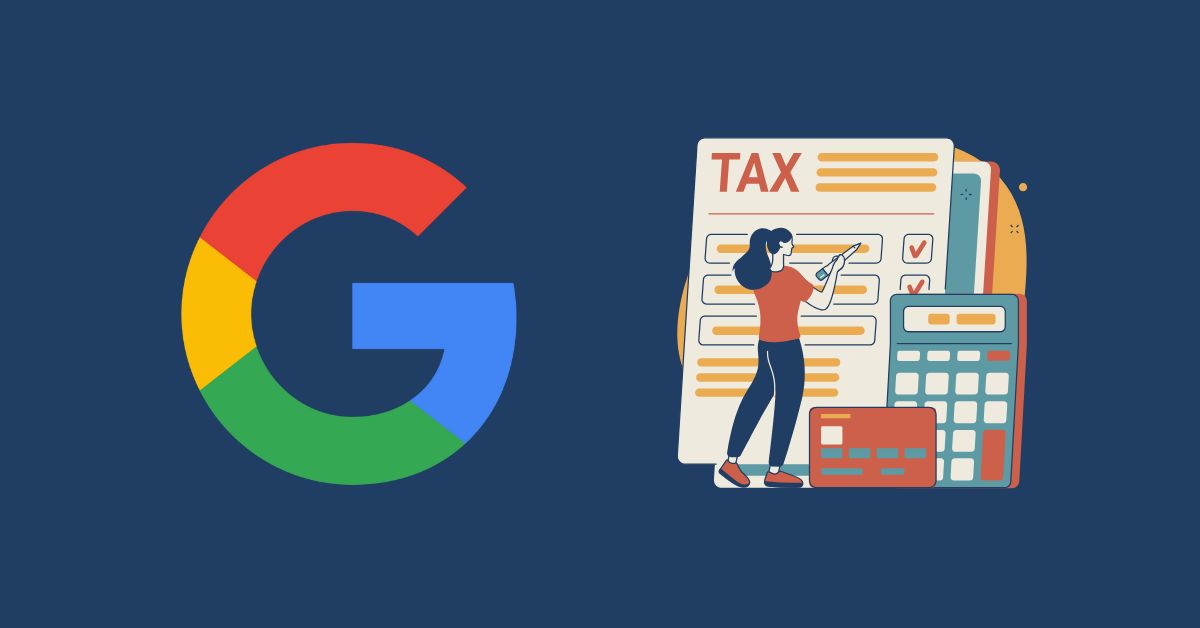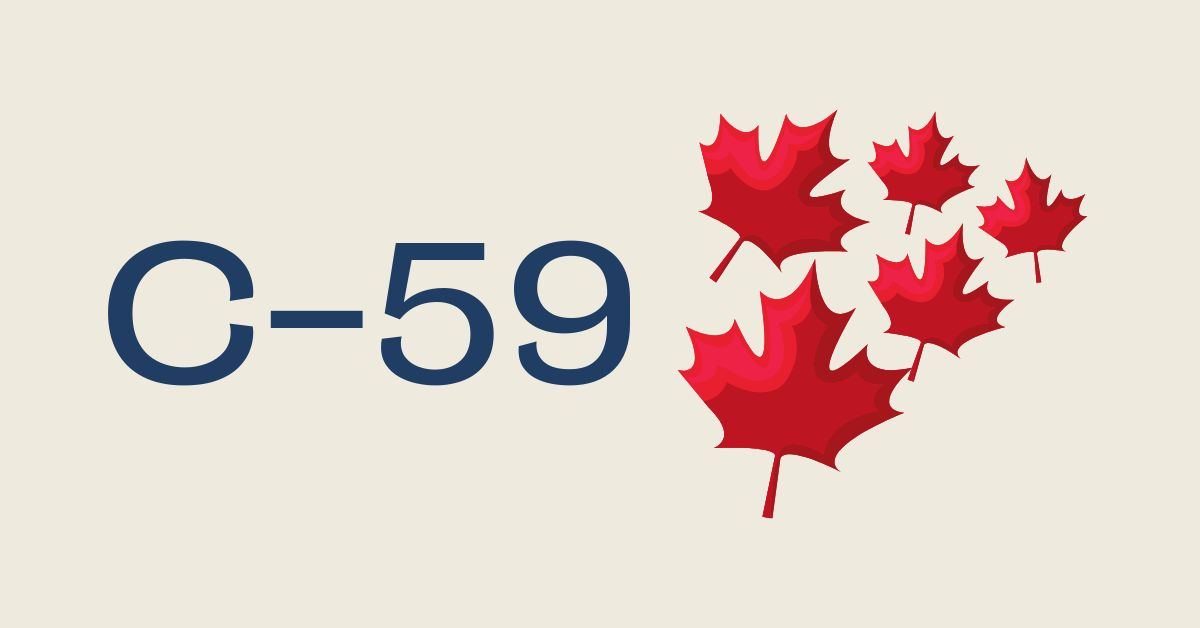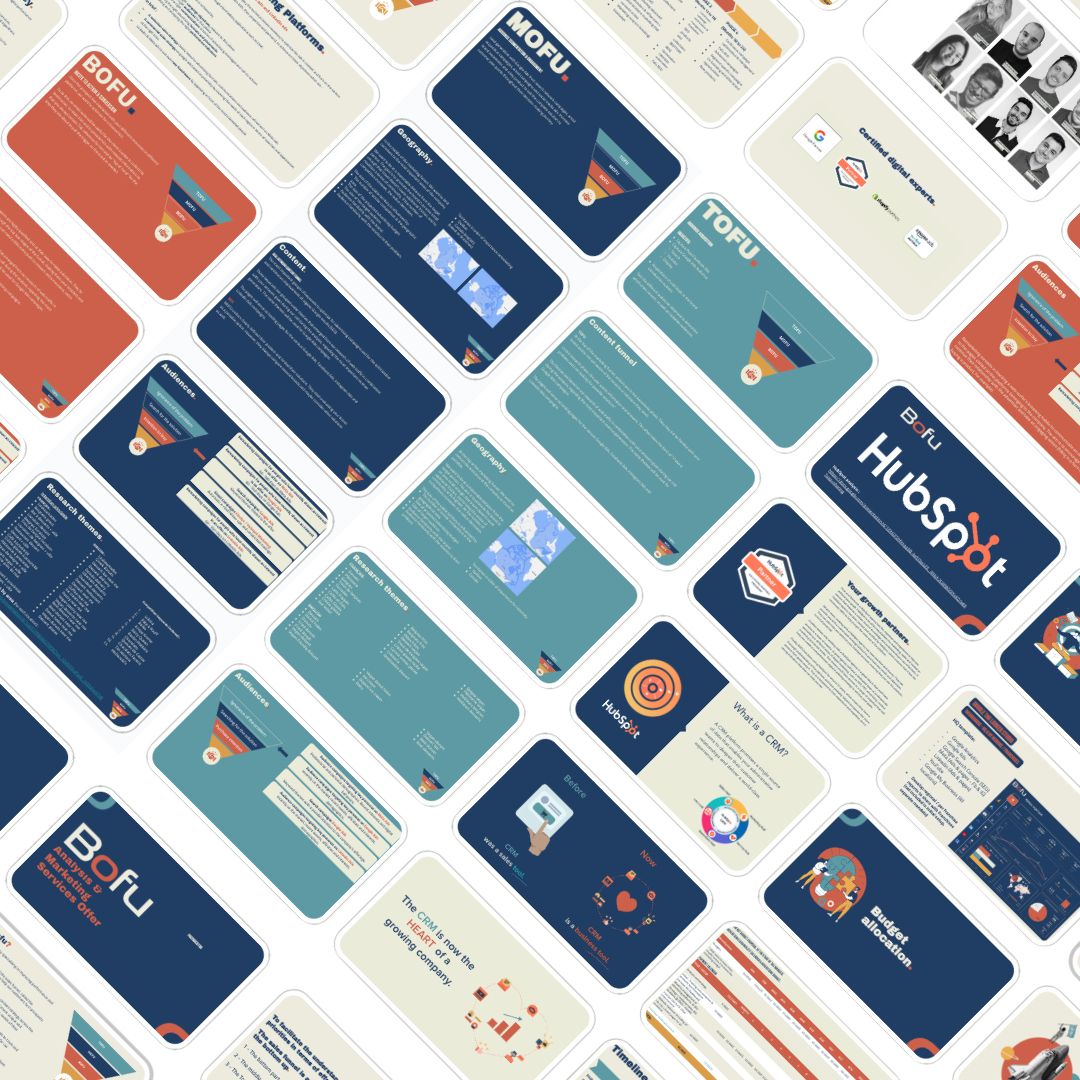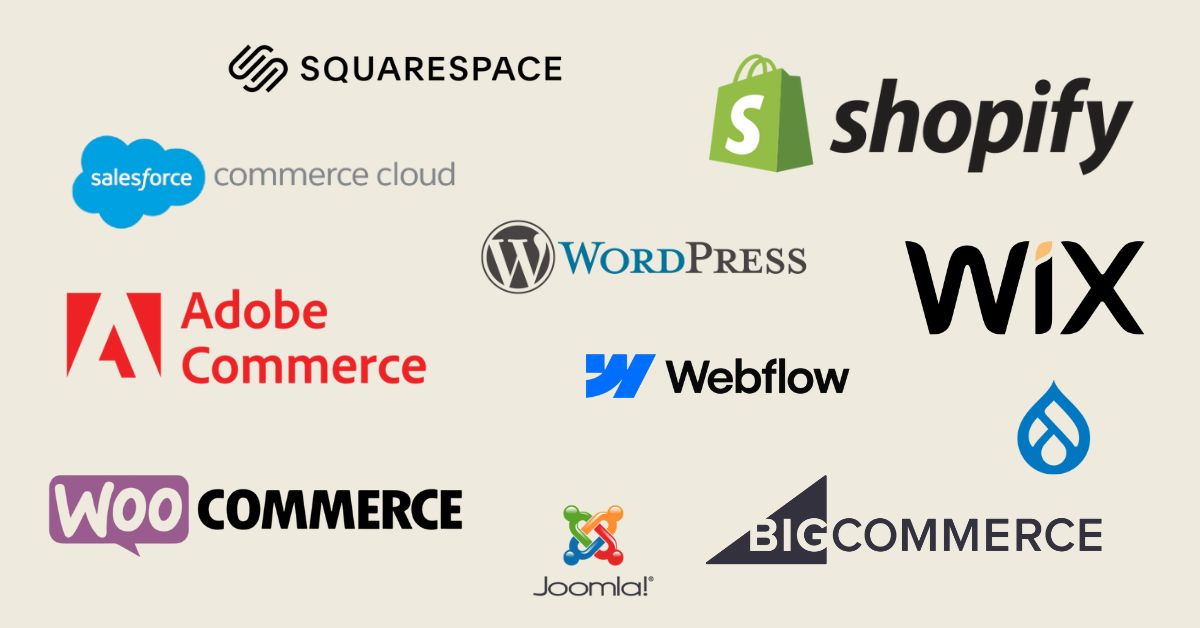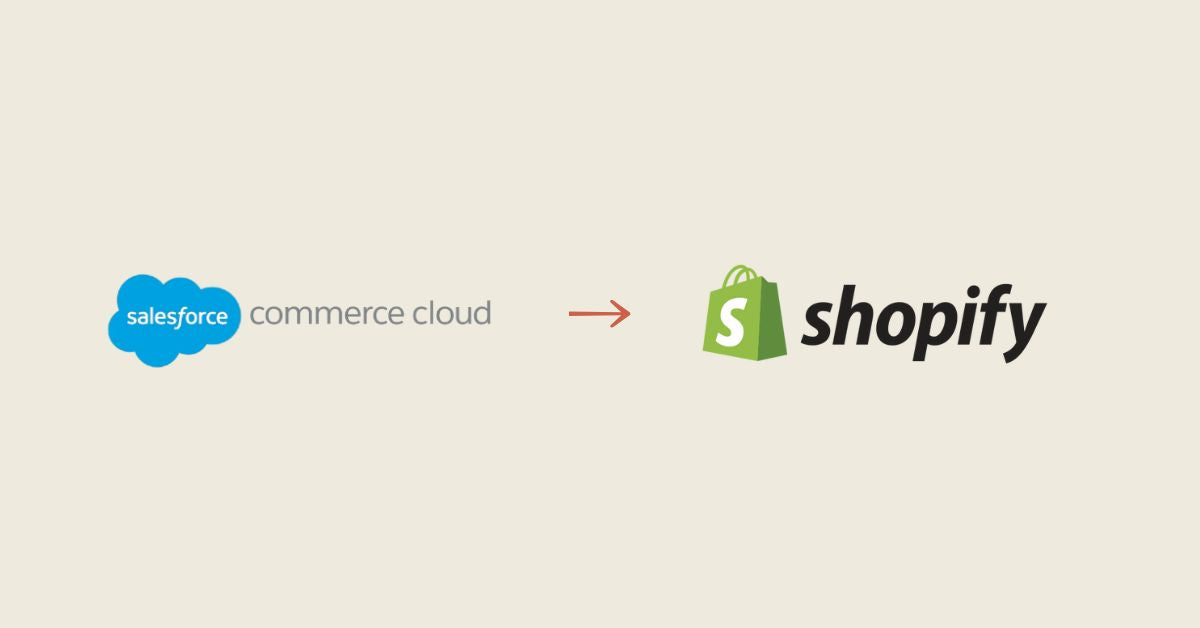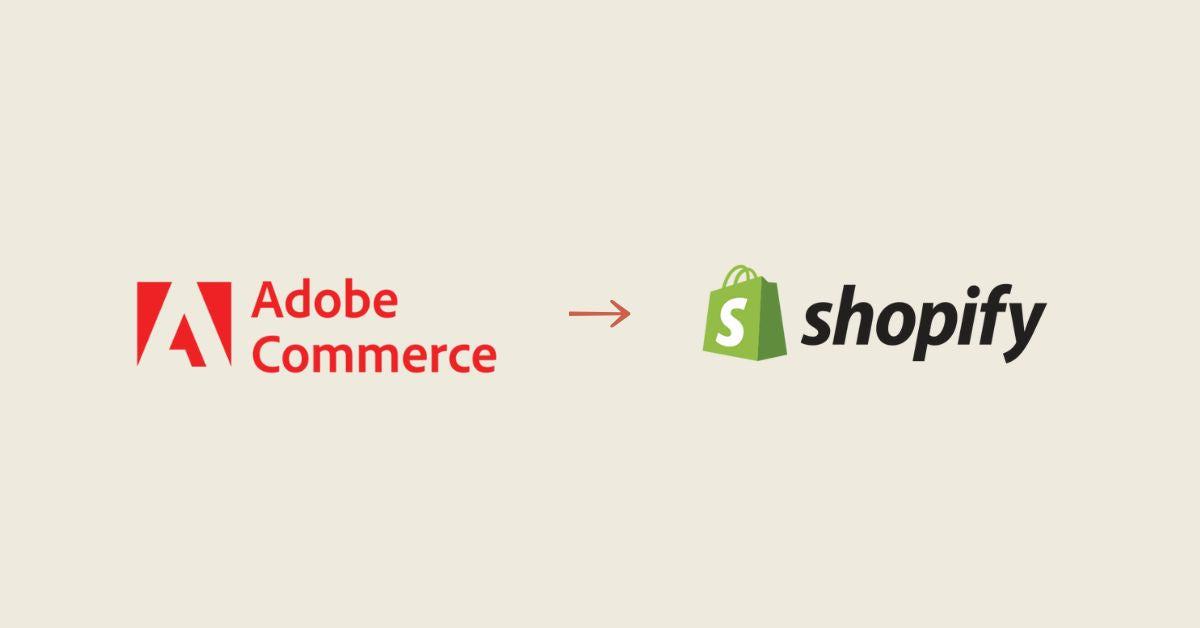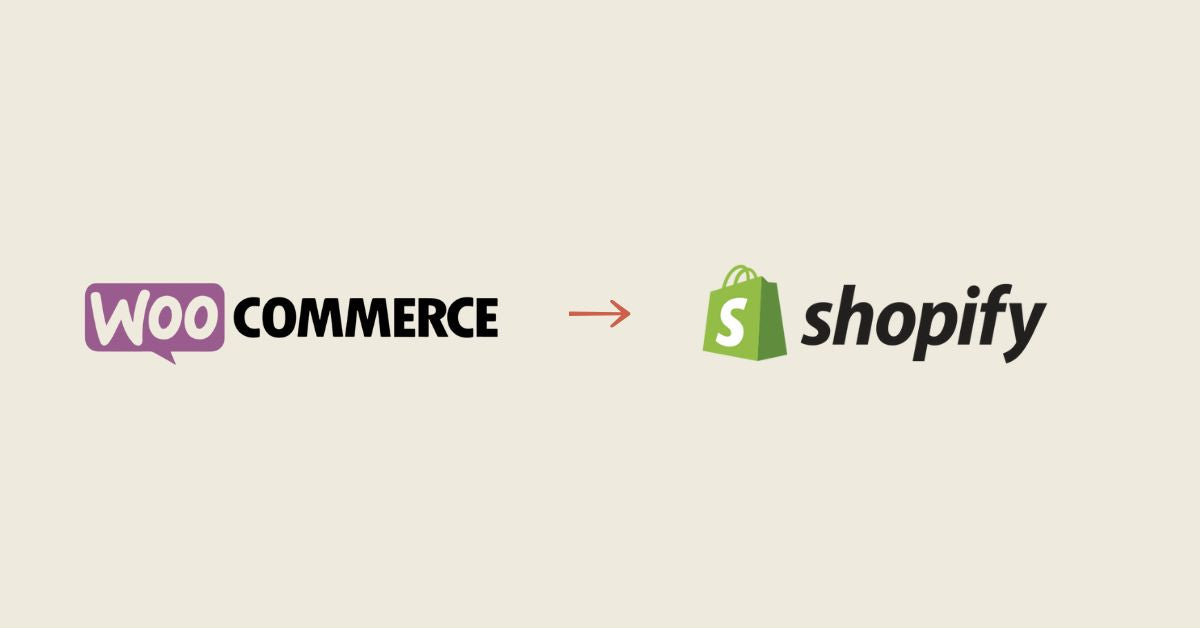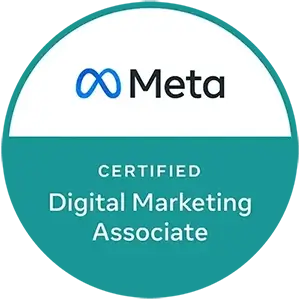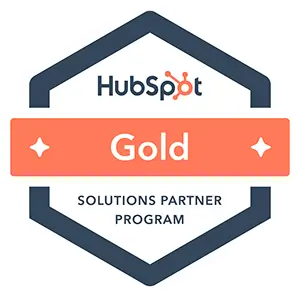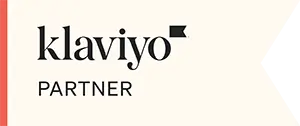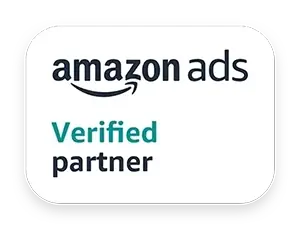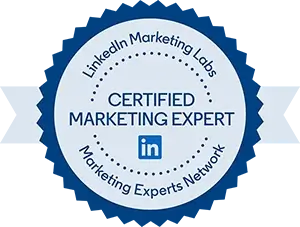Introduction: Why Q4 promotions are crucial
The fourth quarter, or Q4, is the most important period for retail and e-commerce sales in North America. It is during these months that consumers take advantage of events such as Black Friday, Cyber Monday and Boxing Day to make their purchases, which represents a key opportunity for merchants.
Black Friday is an American tradition that began in the 1960s, the day after Thanksgiving. This day marked the beginning of holiday shopping, with massive promotions in physical stores. It has since spread across the world, becoming an essential event for retailers, including in Quebec and Canada.
Cyber Monday emerged in 2005 in response to the explosion of online shopping. The concept was created to encourage consumers to shop online with significant discounts, often on technology products or digital services.
These 2 are often referred to by the acronym BFCM for Black Friday Cyber Monday. EX: BFCM2024
Boxing Day is a mainly British tradition, dating back to the 19th century. Celebrated on December 26, it has become a sales day in many countries, including Canada, where consumers take advantage of the significant post-Christmas discounts to get a bargain.
All three events are now key sales drivers for retailers in North America and beyond. Although BFCM has surpassed Boxing Day primarily due to its strategic placement on the calendar ahead of the holiday season.
Some statistics
In Quebec and Canada , Black Friday and Cyber Monday are growing in popularity every year, rivaling Boxing Day. In 2022, Shopify revealed that merchants on their platform generated over $7.5 billion in sales globally during Black Friday and Cyber Monday. In Canada alone, e-commerce sales saw a significant increase, contributing to this trend.
In the United States , Cyber Monday reached $12 billion in transactions in 2023, setting an all-time record. More broadly, in North America , sales during this period are constantly increasing, with millions of consumers waiting for these events to make their purchases at reduced prices.
Why is Q4 so important for merchants?
For many retailers, Q4 represents a major portion of their annual revenue. It’s a time when well-targeted promotions can not only increase sales, but also strengthen customer loyalty.
New e-commerce trends to convert sales:
1. Personalized Experience : Consumers increasingly expect personalized product recommendations based on their previous purchasing behavior.
2. Omnichannel Sales : Integrating online and in-store experiences has become a priority for merchants to capture customers wherever they are.
3. Mobile Commerce : As mobile shopping continues to grow, having an e-commerce site optimized for smartphones is crucial.
4. Fast and Flexible Delivery : Speed and flexibility of delivery options have become a decisive factor in converting sales.
Strategic preparation: objectives and planning of promotions
Strategic preparation for Black Friday, Cyber Monday and Boxing Day is essential to maximize the results of these events. Setting clear goals, organizing inventory efficiently and carefully planning the execution of promotions are essential. Here are the steps to take to prepare effectively:
Setting goals
• Sales goals : Set specific revenue targets for each event (Black Friday, Cyber Monday, Boxing Day). For example, you could aim for an X% increase over the previous year or reach a certain number of new customers.
• Inventory Goals : Organize promotions based on inventory management. You might choose to liquidate older products to make room, or highlight new items with attractive offers.
• Complementary and Upselling Strategies : To maximize each sale, it is important to implement complementary selling (offering related products) and upselling (suggesting higher priced or larger quantity items) techniques. For example, offering accessories in addition to a core product can increase average basket value.
• Segment offers by product : Adjust promotions based on product category. Older items could benefit from larger discounts, while newer items could be offered with more moderate offers or exclusive benefits.
Preparation schedule
Good planning over several weeks helps avoid unforeseen events and maximize the success of promotions.
6 to 8 weeks before promotions
• Review your inventory. Identify products that need to be liquidated and those that need to be highlighted during events.
• Plan a pre-sale strategy reserved for your preferred customers, giving them early access to the best offers.
• Revisions of your online catalogs on all platforms.
4 weeks before promotions
• Run an email collection campaign to attract your loyal customers. Offer them exclusive perks to entice them to sign up, such as extra discounts or priority access to promotions.
• Create announcements and notices on your social media channels and in your email blasts to build anticipation.
2 weeks before promotions
• Send specific offers to customers who have access to the pre-sale, to encourage them to purchase before the main rush.
• Adjust your logistics based on sales forecasts and ensure you have the necessary inventory and resources to avoid delays and stockouts.
1 week before promotions
• Complete your communication by sending reminders and creating a countdown timer to drive purchase urgency.
• Optimize the shopping experience on your website, ensuring the process is smooth, fast and secure.
• Test your payment system to ensure it can handle an influx of transactions without technical issues.
The importance of pre-sales reserved for privileged customers
Offering exclusive access to the best deals to your most loyal customers creates a sense of urgency and recognition. This encourages them to buy before others, while allowing you to better spread your sales over several days, reducing the pressure on your inventory and logistics during the main event.
Preferred Customer Pre-Sale and Email Registration Strategy
Objective
The goal of a Preferred Customer Pre-Sale is to build a database of engaged customers ahead of major sales events. By giving these customers early access to the best deals, you build loyalty while driving early sales.
Preferred Customer Pre-Sale Registration Strategy
• Use targeted ads : Run targeted ads to encourage customers to sign up for a VIP members-only list via a dedicated webpage. These ads can be displayed on your social media channels, website, or through advertising platforms.
• Offer exclusive perks : To incentivize sign-up, offer early access to sales or special discounts just for registered members. This type of perk makes customers feel like they’re getting a special privilege, increasing engagement.
• Create a sense of exclusivity : Emphasize the uniqueness of this offer by explaining that only members of the list will have priority access. For example, you could use wording like: “Only registered members will get early access to our best offers.”
Calendar of communications
To maximize the impact of this pre-sale, a precise communication schedule must be put in place.
• Welcome and Anticipation Emails : As soon as a customer signs up for your VIP list, send a welcome email that highlights the benefits of signing up. Continue to send a series of emails that build anticipation before the pre-sale officially launches.
• Early Access : Give your list members priority access to sales, 24-48 hours before major events like Black Friday. This reinforces the idea of exclusivity and helps reduce the influx of orders on the main day, while also driving sales up front.
By following this strategy, you build loyalty among an engaged customer base, increase your chances of conversion and reduce logistical pressure during massive promotion days.
Pricing, Discounting and Cross-Selling Strategy
A well-thought-out pricing strategy can make all the difference during promotional events like Black Friday, Cyber Monday, and Boxing Day. The goal is to optimize inventory management, maximize margins while offering attractive discounts, and encourage complementary and upselling.
Inventory management and product age
• Deep discounts on older products : Events like Black Friday are great for clearing out older inventory. Offer deep discounts on these items to make room for new collections or product lines.
• New Arrival Highlights : Use these events to promote your new products with incentives. For example, create bundles where new products are paired with complimentary items at a discount.
Types of discounts
• Percentage Discounts : Offering percentage discounts is a classic and effective method. Customers are often attracted by discounts of 20%, 30% or more. Make sure these discounts are visible and clear.
• Buy 1, Get 1 Free Offers : This type of offer is very popular because it allows customers to perceive great value. It is especially useful for low-cost items or items that you want to increase sales of.
• Complementary Product Bundles : Create bundles of products that complement each other (e.g. a main product with its accessories) at a discounted price compared to purchasing them separately. This can help sell multiple items in one sale.
Cross-selling and upselling
• Offer additional products at checkout : During checkout, offer additional items that complement what the customer already has in their cart. For example, if a customer is purchasing an electronic device, offer accessories (cases, chargers) at a discount.
• Upselling strategies : Encourage customers to upgrade to more expensive versions of their products or add an additional item in exchange for a small discount. For example, offer a discount on a higher-value item or offer a small gift if a certain purchase threshold is reached.
These strategies help increase average order value while promoting rapid inventory flow, thus providing a double benefit: more revenue and optimized inventory management.
Tools to optimize pricing, discount and cross-selling strategies
By using tools that are tailored to your e-commerce platform, you can automate and optimize your pricing, discounting, and cross-selling strategies. Here are some tool suggestions, especially for Shopify and other e-commerce platforms.
For Shopify
1. Rebuy
Rebuy is an app that allows you to customize cross-sells and upsells directly on your Shopify store. It helps you offer complementary products or encourage upsells based on user behavior. It is a great tool to increase average order value by recommending relevant items at the time of purchase.
2. Ultimate Special Offers (USO)
Ultimate Special Offers lets you create and manage multiple types of offers on your Shopify store, such as percentage discounts, buy 1 get 1 free promotions, and bundles. It’s a very flexible tool that helps you easily set up attractive pricing strategies.
3. Bold Upsell
Bold Upsell offers customers upsells at key moments in their purchase journey. For example, right before finalizing the order, you can encourage your customers to buy a more expensive product or an add-on. It’s easy to integrate with Shopify and can increase your margins with upselling strategies.
4. Shopify Discounts & Automatic Discounts
Shopify also offers native options to create automatic discounts. You can set promotions for specific items, categories, or for specific periods like Black Friday. This makes it easy to manage discounts right from your Shopify dashboard.
For WooCommerce (WordPress)
1. WooCommerce Dynamic Pricing & Discounts
This tool allows you to apply discount rules based on multiple criteria (quantity purchased, customer groups, specific products, etc.). You can create “buy 1, get 1 free” offers, group discounts, and much more.
2. Beeketing
Beeketing offers a wide range of features for WooCommerce, including cross-selling, purchase incentives (like countdown timers or special offer pop-ups), and product recommendations. It’s a complete solution to boost sales.
For PrestaShop
1. Prestashop Cross Selling
This module allows you to display complementary or similar products on product and cart pages. This helps in offering cross-selling to encourage customers to add more items to their cart.
2. Advanced Promotions
Advanced Promotions is a module to create complex offers, such as percentage discounts, multi-product promotions, special offers based on the amount spent, or discounts for loyal customers. It is useful for managing promotional campaigns during events such as Black Friday or Cyber Monday.
For Magento
1. Amasty Special Promotions
This module allows you to create advanced promotion rules, such as percentage discounts, "buy 2, get 1 free" offers, and discounts linked to purchase thresholds.
2. Mageplaza Product Recommendations
Mageplaza offers a module that recommends products based on previous purchase behavior or viewed items. This allows you to promote cross-sells and up-sells on your Magento store.
Depending on the e-commerce platform you use, these tools will help you set up and manage your pricing, discounting and upselling/upselling strategies to maximize your sales during Q4 events like Black Friday, Cyber Monday and Boxing Day.
Specific strategy for Boxing Day
Boxing Day, celebrated on December 26, is different from Black Friday and Cyber Monday in that it is primarily designed to clear out excess inventory after the holidays. Unlike other sales events that focus on acquiring new customers and getting ahead of holiday shopping, Boxing Day is a time to get rid of seasonal products and unsold items. It’s important to tailor your offers and strategies to accommodate this.
Difference with Black Friday and Cyber Monday
• Managing excess inventory : Boxing Day is often seen as the perfect time to clear out products that didn’t find a buyer before Christmas. Consumers are generally looking for bigger discounts than Black Friday and Cyber Monday.
• Deep Discount Strategies : It is recommended to offer deep discounts on seasonal and surplus items. This frees up space for next year's new products while still offering customers attractive prices.
Offers to highlight
• End-of-year clearance : Offer deep discounts on unsold products, especially seasonal items. For example, discounts of 50% or more on Christmas decorations, toys, and winter clothing can attract many shoppers.
• Bundles : Offer bundles of products at discounted prices to encourage customers to buy more in a single order. For example, a bundle of tech items or accessories can easily find buyers at competitive prices.
• Non-seasonal products : Highlight products that will remain relevant after the holidays, such as appliances or timeless clothing, by applying moderate discounts. This allows you to avoid devaluing the perception of your new products while still encouraging purchase.
Specific marketing campaigns
• Remarket to Black Friday and Cyber Monday shoppers : Use your past sales data to target customers who have already purchased on Black Friday or Cyber Monday. Offer them exclusive Boxing Day deals through targeted ads or personalized emails.
• Targeted advertising : Highlight clearances and major discounts through advertising campaigns specifically focused on bargains and discounts. Bargain hunters are particularly active on Boxing Day, and it’s essential to attract them with clear and impactful messages.
• Flash Deals : Create a sense of urgency by offering flash sales during Boxing Day. These limited-time sales can encourage customers to buy quickly, before stocks run out.
Boxing Day Inventory Optimization
• Surplus Clearance : Identify excess inventory after Christmas promotions and apply attractive discounts to clear it quickly. This makes room for new collections while maximizing revenue on products that would otherwise have remained unsold.
• Returns Optimization : After Christmas, it’s common to have returns of items. Take advantage of this by offering store credits or additional discounts on new purchases made during Boxing Day. This will encourage customers to spend more.
• Restock Preparation : Ensure popular or in-demand items are in stock to meet increased orders. Anticipate quick replenishments to avoid losing potential sales.
Post-Boxing Day loyalty strategies
• Post-event thank you email : After Boxing Day, send a thank you email to your customers including special New Year offers. This shows your appreciation and encourages them to return to your store.
• New Year’s Incentives : To keep customers engaged after the holidays, offer an enhanced loyalty program or bonus points for purchases made on Boxing Day. This can motivate customers to return and spend more throughout the year.
By implementing these strategies, you will be able to optimize your sales during Boxing Day, increasing the value of average baskets and selling off your excess inventory while creating a lasting connection with your customers.
Marketing and communication
A well-designed marketing and communications strategy is crucial to maximizing your promotions during events like Black Friday, Cyber Monday, and Boxing Day. In addition to traditional channels, social media, influencer, and affiliate marketing can significantly increase your reach and conversions. Here’s how to leverage these channels to attract and convert as many customers as possible.
Pre-events and teasers
• Announce promotions in advance : Build anticipation around your events by announcing your promotions several weeks in advance. Use email, social media, and paid advertising to let your customers know about exclusive offers. This helps capture their attention well before the big day.
• Social Media Posts : Use your social media platforms (Instagram, Facebook, TikTok, etc.) to regularly post teasers, countdowns, and sneak peeks of your VIP offers and events like Black Friday and Cyber Monday. Eye-catching videos and visuals can go a long way in engaging your audience.
Email Segmentation and Automation
• Segmentation based on purchase behavior : Tailor your email campaigns based on your customers’ purchase behaviors. Offer specific discounts to loyal customers, incentives for new subscribers, and reminders to customers who abandoned their cart to increase the chances of conversion.
• Personalized emails for each segment : Use your customer data to send personalized emails, such as discounts on their favorite products or recommendations based on their past purchases. This increases engagement and the likelihood of a sale.
Remarketing and retargeting
• Remarketing Campaigns : Many visitors don’t complete their purchase on the first visit. Use remarketing campaigns to attract them back by showing them specific offers or reminders of products they left in their cart.
• Dynamic Retargeting : With dynamic ads, you can show users the products they viewed on your site, increasing the chances of conversion.
SEO and Paid Advertising (PPC)
• Landing Page Optimization : Create specific pages for your promotional events. Use relevant keywords like “Black Friday deals,” “Cyber Monday deals,” or “end of year sales” to improve SEO and capture organic traffic.
• Paid Advertising (PPC) : Run paid advertising campaigns through Google Ads or Facebook Ads targeting specific keywords and audience segments. Target consumers who are actively searching for promotions to increase your chances of conversion.
Social Media Marketing (SMM)
• Using social media to drive traffic : Social media channels like Facebook, Instagram, TikTok, and Pinterest are great ways to engage with your audience. Create engaging content like Instagram Stories or TikTok videos to showcase your offerings and encourage sharing. Features like countdown timers and polls help drive engagement.
• Social media ads : Use ads on Facebook, Instagram, and TikTok to target specific segments of users, such as fans of your brand or those who have engaged with your posts. Video, carousel, or interactive ad formats can be particularly effective at attracting attention.
Influencer Marketing
• Influencer partnerships : Partner with influencers who are relevant to your brand. They can share your offerings with their community and create authentic content that resonates with their audience. Whether through stories, videos, or posts, influencer endorsements are often perceived as more authentic than traditional ads.
• Exclusive Influencer Promo Codes : Offer personalized discount codes for your influencer partners’ followers. This can incentivize their community to purchase while measuring the effectiveness of your collaborations with these content creators.
Affiliate Marketing and Ambassadors
• Affiliate Program : Set up an affiliate program so that your partners (blogs, niche sites, influencers) can promote your products and receive a commission for each sale generated. This is an effective way to expand your reach without a high upfront cost.
• Ambassador Network : Create an ambassador program that encourages your most loyal customers to promote your products. In return, offer them rewards such as free products, discounts, or early access to new collections. This can build brand awareness while building loyalty with your ambassadors.
Influence and ambassador strategy
• Long-term relationships with influencers and ambassadors : Instead of one-off campaigns, consider building lasting relationships with select influencers and ambassadors. They can represent your brand on an ongoing basis, providing consistent visibility and increased engagement with their community.
By integrating social media marketing, influencer marketing, affiliate marketing, and working with ambassadors, you maximize your chances of reaching a larger, more engaged audience. This creates additional conversion opportunities while building your brand image and awareness.
Website and mobile optimization
Optimizing your website and mobile version is crucial to maximize conversions during events like Black Friday, Cyber Monday, and Boxing Day. Here are the essentials to ensure a smooth and fast experience for your customers.
Site performance
• Homepage optimization : The homepage should showcase your best offers in a clear and attractive way. Make sure promotional images and banners are lightweight and optimized to avoid long loading times.
• Promotions Collection Pages : Create special promotions pages that are well-structured and easy to navigate. Users should quickly find what they are looking for without having to dig too deep.
• Ability to handle a large influx of visitors : During traffic peaks, your site must be able to support high demand. Make sure your hosting provider or technical infrastructure can handle a large influx without slowing down or crashing.
Simplified UX
• Smooth and frictionless checkout process : The path to purchase should be optimized to minimize the number of steps. A fast and intuitive checkout process helps reduce cart abandonment rates.
Mobile optimization
• Testing mobile pages and purchasing process : The majority of users make their purchases from a mobile device. Make sure all pages are responsive and the mobile purchasing process is simple, fast and without technical issues.
Displaying offers
• Featured promotions on the homepage and product pages : Display the best promotions at the top of the homepage and on product pages to capture attention from the first visit. Highlight limited-time offers or exclusive discounts.
Customer Support: Live Chats and Chatbots
Responsive customer service is essential during busy periods like Black Friday and Boxing Day. Here’s how to optimize your customer support channels to meet your customers’ needs quickly and efficiently.
Live Chat
• Live chat on site : Integrate a live chat system on your site to allow your customers to get immediate answers to their questions. This service is particularly useful for questions about products, services, return policies or order tracking.
• Quick answers to common questions : Support agents should be prepared to quickly answer questions about returns, shipping times, and available discounts, in real time.
Chatbots
• Using chatbots for frequently asked questions : Chatbots can automatically answer common questions, such as product details, return policies, or order tracking, helping to relieve customer service congestion and provide 24/7 support.
• Order tracking automation : Integrate a chatbot to keep customers informed about the status of their delivery. Real-time tracking reassures buyers and improves the customer experience.
• 24/7 availability with chatbots : Conversational bots allow for continuous support, even outside of business hours, with the ability to redirect more complex queries to a human agent if necessary.
• Personalization of responses : Chatbots can be configured to offer product recommendations based on customers’ preferences or purchase history, making the service more personalized and interactive.
Logistics and inventory management
Logistics management is a key factor in ensuring the smooth running of sales during peak orders linked to events such as Black Friday or Boxing Day. Good organisation can avoid delays and stock shortages.
Real-time tracking
• Real-time inventory tracking : Use inventory management tools that allow you to track stock levels in real-time. This helps prevent stockouts or over-orders.
Anticipating returns
• Clear and reassuring return policy : Create a simple and transparent return policy. This reassures potential customers and can make the purchasing decision easier.
Automation of orders
• Order Automation Tools : Integrate software solutions to automate order management, from fulfillment to shipping, to more easily manage high volumes during peak demand periods.
Maximizing Conversions
Converting visitors into buyers is one of the main goals during promotional events. Here are some strategies to maximize sales and reduce cart abandonment.
Cart Abandonment Rate
• Abandoned Cart Re-Entertainment : Send personalized emails to customers who have abandoned their cart, reminding them of the products they left behind or offering them an incentive to complete their order.
Loyalty programs
• Offer loyalty points : Set up a loyalty program that rewards every purchase with points that customers can use toward future discounts. This keeps them coming back and buying more.
Payment Options
• Offer multiple payment methods : Offer a wide range of payment options (credit cards, PayPal, split payments) to meet your customers' preferences and avoid any barriers to purchase.
BFCM post-event: analysis and monitoring
After events like Black Friday, Cyber Monday or Boxing Day, it is important to evaluate your performance and plan actions for future promotions.
Data analysis
• Review results : Analyze the performance of your campaigns (sales, conversion rates, traffic) to adjust your strategies for future events. Use analytics tools to track user behavior and identify areas for improvement.
Customer loyalty
• Thank You Emails and Exclusive Offers : Send buyers a thank you email and offer special offers to retain these new customers. This shows appreciation and encourages them to come back.
Boxing Day Action Plan
• Prepare based on Black Friday and Cyber Monday data : Use learnings from previous events to adjust your offers and communications for Boxing Day. You can target customers who did not purchase or those who showed interest in specific products.
By applying these strategies to your marketing, logistics and customer management efforts, you will increase your chances of success during peak promotional and sales periods.
Conclusion
Black Friday, Cyber Monday and Boxing Day represent major opportunities for e-commerce and retail businesses to maximize sales and sustainably engage their customers. By implementing well-thought-out strategies that cover everything from website and mobile optimization to user experience, customer support, logistics management and marketing communications, you can turn these events into real growth drivers.
Anticipation, real-time data analysis and the implementation of modern techniques such as influencer marketing, the use of chatbots or loyalty programs will allow you to stand out in a competitive environment and ensure optimal customer satisfaction. By learning from the results of each event and improving your processes for future campaigns, you will be able to consolidate your position in the market and retain an increasingly engaged customer base.
With a comprehensive and well-prepared approach, Q4 can become a real growth engine for your business, not only in terms of immediate sales, but also long-term loyalty and awareness.
